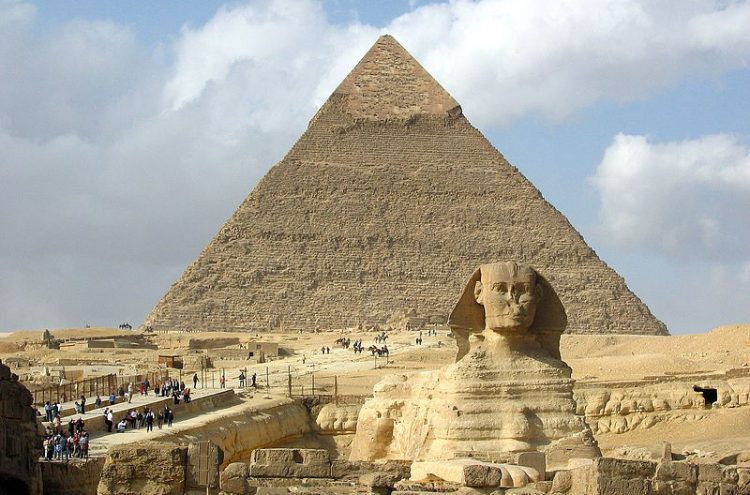
‘Wonderful Things’: Ancient Egyptian Art, Architecture and Artefacts
Wednesday 18 June 2014
Venue Old Links Golf Club, St Annes
 This study day with Egyptologist Lucia Gahlin will explore the extraordinary wealth of Egypt’s ancient art, architecture and artefacts during the golden age of Egypt’s Pharaonic history and will comprise three lectures. The programme for the day is as follows:
This study day with Egyptologist Lucia Gahlin will explore the extraordinary wealth of Egypt’s ancient art, architecture and artefacts during the golden age of Egypt’s Pharaonic history and will comprise three lectures. The programme for the day is as follows:
10.00 am Lecture 1 – Pyramids and Temples: the Magnificent Architecture of Ancient Egypt. Visitors to Egypt can but marvel at the extraordinary ancient monuments that have survived the millennia. We shall explore the pyramids of Ancient Egypt from the oldest stone structure, Djoser’s Step Pyramid at Saqqara (c2650 BC) to the Great Pyramid of Khufu (or Cheops) at Giza (2560 BC). We shall then turn to the magnificent temples at Luxor and Karnak on the east bank of the Nile, which are dedicated to the gods and goddesses of Egypt, and on the west bank to honour the mighty Pharaohs Hatshepsut and Ramesses the Great and Ramesses III.
11.00 am – 11.20 am Tea/Coffee will be served.
11.20 am Lecture 2 – Art for an Afterlife: Tomb scenes and Funerary Goods. This lecture will explore the world of the Ancient Egyptian afterlife through the exploration of the art on the walls of rock-cut tombs. These are to be found in royal tombs in the Valley of the Kings, the tombs of their high officials and the small colourful tombs of the artists responsible for all funerary art on the west bank at Luxor at this time. The stunning array of funerary goods with which they chose to be buried is both a feast for the eyes and of much religious significance.
12.30 pm – 2.00 pm Lunch will be served. The two course light lunch will include of ‘Pharaoh’s Chicken’ with couscous, followed by a pudding. A vegetarian option is available on application. Tea/Coffee will be served with lunch.
2.00 pm Lecture 3 – ‘Brilliant Things’: Ancient Egyptian Artistry in Glass and Faience. The ancient Egyptians created beautiful artefacts in both glass and a material known today as faience, which combines the characteristics of pottery and glass, which could then be modelled or moulded and glazed a variety of colours. Glass and faience are to be found in a range of objects which include vessels, beads, inlay, amulets, figures and headrests.
3.00 pm – 3.13 pm – Questions and Departure – Our lecturer Lucia has extensive experience in Egyptological research, teaching, museum work and excavation, and has a well-deserved reputation for making Egyptology exciting and accessible.









